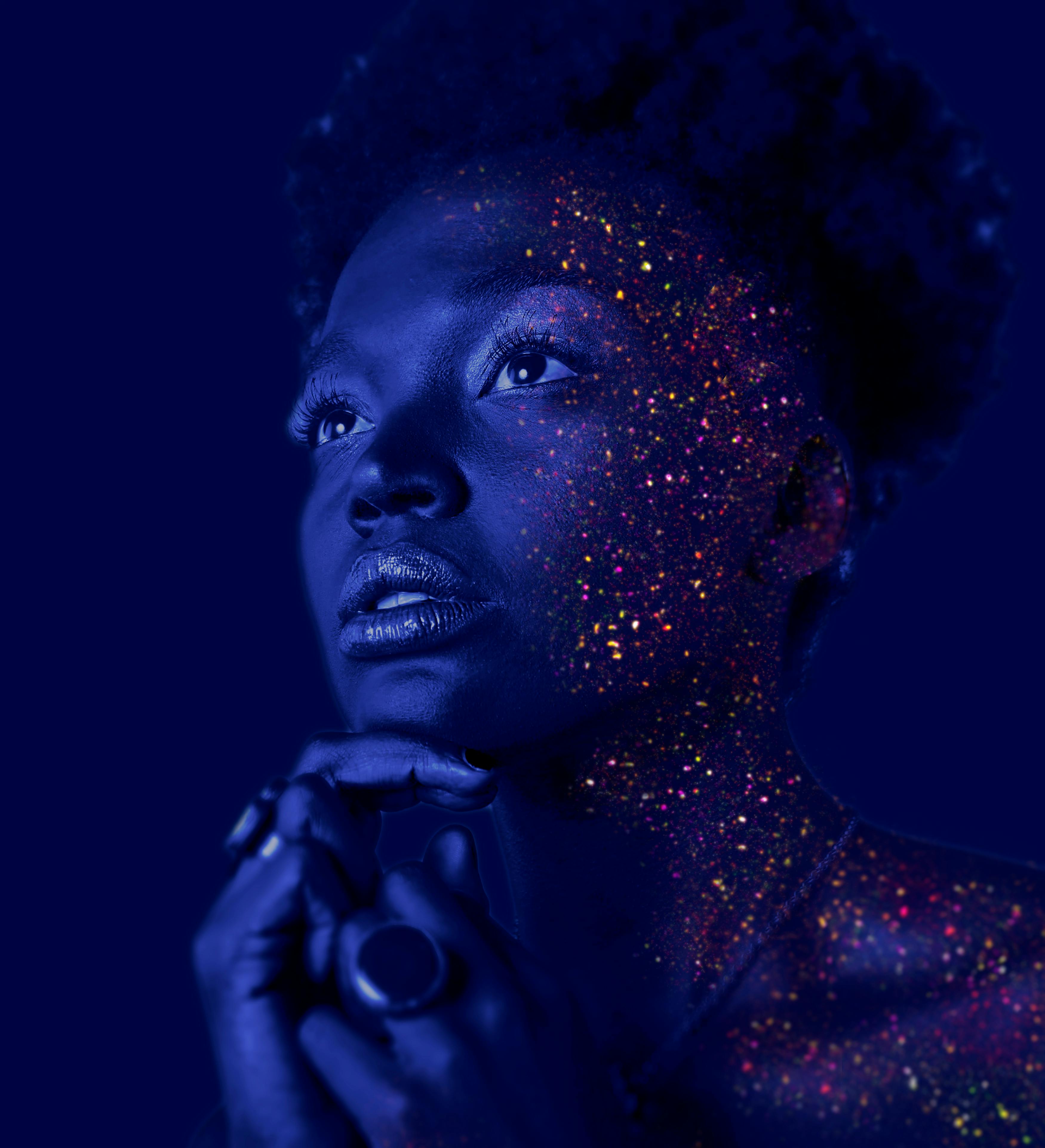Digital Art: The New Canvas of the 21st Century
Introduction: Delve deep into the world of digital art, a contemporary artistic movement that is redefining creative expression. This article explores the rise, significance, and current trends of digital art, offering an insightful perspective on this rapidly evolving artistic medium.

The Emergence of Digital Art
Digital art, an artistic practice that uses digital technology as an essential part of the creative process, has been steadily gaining recognition since the late 20th century. This form of art encompasses a broad range of genres and techniques, from digital painting and 3D modeling to interactive installations and virtual reality experiences.
In the mid-1960s, artists began experimenting with computers, intrigued by their potential as a new tool for creative expression. The development of graphic design software in the 1980s and 1990s further propelled the growth of digital art, enabling artists to create complex and visually stunning works with unprecedented ease and precision.
The Significance and Impact of Digital Art
Digital art has had a transformative impact on the art world, challenging traditional concepts of art-making and expanding the boundaries of artistic expression. It has democratized art creation and dissemination, making art more accessible to a wider audience.
In addition, digital art has also blurred the lines between different art forms, facilitating interdisciplinary collaborations and inspiring innovative forms of storytelling. It can be said that digital art is not just a medium but an entirely new artistic landscape, one that is continually being shaped and reshaped by technological advancements and creative explorations.
Current Trends in Digital Art
Recently, digital art has witnessed several exciting developments. The emergence of non-fungible tokens (NFTs) has created a new market for digital art, giving digital artists a platform to sell their creations as unique digital assets. Meanwhile, augmented reality (AR) and virtual reality (VR) technologies have opened up new possibilities for immersive and interactive art experiences.
Another trend is the increasing use of artificial intelligence in digital art. Artists are harnessing machine learning algorithms to generate art, creating a fascinating intersection between art and technology that raises profound questions about creativity and authorship.
The Reception of Digital Art
Despite its growing popularity, digital art has faced criticism and skepticism from some quarters. Critics argue that digital art lacks the physicality and craftsmanship of traditional art forms and question its longevity given the rapid obsolescence of digital technology.
However, as digital art continues to evolve and mature, it is gradually gaining acceptance and recognition. Major museums and art institutions are now showcasing digital art, and prestigious art awards have created categories for digital and new media art.
The Future of Digital Art
Looking ahead, the future of digital art appears promising. As digital technology continues to advance, artists will have even more tools and platforms to express their creativity. Furthermore, the growing interest in digital art suggests that it will continue to play a significant role in contemporary art discourse, shaping and reflecting the cultural and societal trends of the 21st century.
In conclusion, digital art is a dynamic and exciting field that offers rich possibilities for artistic exploration. It is a testament to the human capacity for innovation and creativity, continually pushing the boundaries of what is possible in art. As we navigate the digital age, digital art provides a unique lens through which to understand and engage with our increasingly digitized world.




